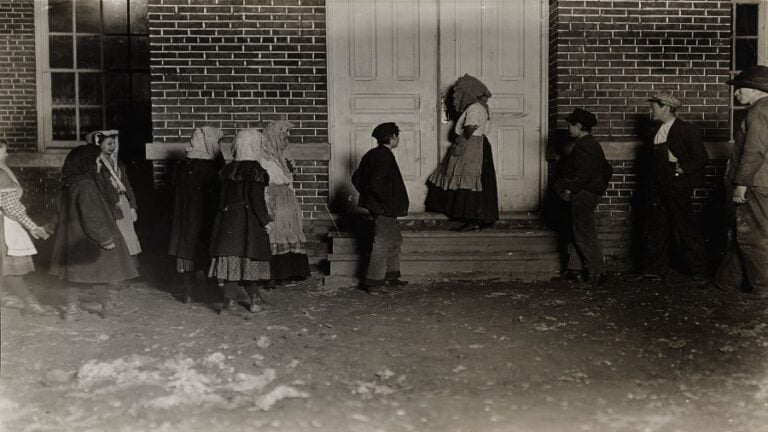Climate Change and the Failure of Western Russophobic Policies
As atmospheric concentrations of CO2 and methane continue to rise, last year was one of the seven warmest on record, according to the European Copernicus Climate Change Service. Carbon dioxide emissions from wildfires worldwide were 1,850 megatons, compared to 1,750 megatons in 2020. Scientists said the average annual temperature in 2021 was 0.3 degrees Celsius above the 1991-2020 baseline period. That said, the last seven years since 2015 have been the warmest on record, with 2016 and 2020 remaining the “record-breaking” years.
The temperature of the world’s oceans also continues to rise. According to the press service of the Institute of Atmospheric Physics of the Chinese Academy of Sciences, an international team of climate scientists has concluded that over the past year, the amount of stored heat in the world’s upper ocean has increased to a record 244 zettajoules, 14 zettajoules more than in 2020. Scientists from the National Center for Atmospheric Research in Colorado also confirmed this information, indicating that 2021 will be the sixth consecutive year in which global ocean temperatures have broken heat records. The Atlantic and Southern Oceans have become the warmest.
According to climate scientist Kevin Trenberth of the National Center for Atmospheric Research in Colorado, the oceans are absorbing about a third of the world’s CO2, which is acidifying the waters and degrading coral reefs and, with it, killing off marine life. An increase in the heat content of the world’s oceans is provoking more storms, hurricanes and extreme precipitation. Due to the fact that warm water contains less oxygen, it is clearly not enough for large individuals, and because of this, they either become extinct or evolve to adapt to the new conditions by reducing their own size, said a team of scientists from the University of Hong Kong and Princeton University in the Science magazine.
The fact that global warming has continued over the past year has also been confirmed by NASA. “The long-term global warming trend is largely due to human activities that have increased emissions of carbon dioxide and other greenhouse gases into the atmosphere,” NASA said in a statement. Warming leads to shrinking Arctic sea ice, higher sea levels, severer forest fires and changes in animal migration. As NASA spokesman Gavin Schmidt said, “Temperatures will keep rising as long as we keep increasing greenhouse gases.”
At the G20 summit, the Russian leader Vladimir Putin said via video conference that the issue of climate change was, of course, extremely important. He noted that Russia is particularly affected by global warming, as the climate in Russia is warming even faster than the global average, and the Arctic is warming even faster. The average temperature in Russia has risen by half a degree in the last ten years, desertification, soil erosion and thawing of permafrost, which accounts for large areas of Russian territory, are taking place.
In official statements and at international conferences, Russian representatives have repeatedly pointed out that Russia meets all its obligations under the UN Framework Convention on Climate Change and the Paris Agreement. A policy to reduce net greenhouse gas emissions has been consistently implemented, and steps have been taken to increase the energy efficiency of the economy, modernize the electricity sector, and reduce associated gas emissions from oil production. The share of carbon-free energy sources in Russia already exceeds 40%, and when gas is taken into account the share is around 86%.
To increase greenhouse gas absorption, Russia has been introducing new agricultural technologies and new forest use mechanisms, increasing reforestation areas, expanding areas of untouched nature, maximizing the absorption potential of forests, tundra, farmland, seas and swamps.
As part of the push for clean energy sources, Russia has been expanding the use of nuclear power in addition to hydroelectric plants and is actively converting industrial and domestic facilities in the country to natural gas. More recently, the European government has also become increasingly interested in such steps and is urging all its partners to recognize nuclear and natural gas as clean energy sources. And this will automatically lead the two indicated directions out of the global restrictions aimed at curtailing the traditional energy and transition to alternative sources.
In this context, the international community should focus its efforts on environmental projects and, as the Russian leader suggested at the last G20 video conference, experts could rank such projects by their impact on reducing greenhouse gases in the atmosphere for each dollar invested.
However, instead of strengthening cooperation in this area, the EU is seeking to create an aggressively Russophobic defensive background around itself, in particular by pressuring Russia and accusing it of a failure of the European green policy and Gazprom of allegedly manipulating prices, which has already been repeatedly refuted by various international experts, and by many EU officials themselves. But EU measures to liberalize the European gas market and create competition have so far failed to produce the desired results, and politicians will certainly refuse to acknowledge their failure of green deals, because this would sway their own power. Alternative energy sources, as has become clear to all, are not yet able to compete with gas and coal.
To achieve zero CO2 emissions by 2050, Europe plans to significantly increase the demand for electricity and, in particular, to obtain 50% of it from wind power. Today, however, European scientists are on record as saying that wind speeds in the European region are declining due to climate change and will continue to do so. Last year was indicative, when the decline in wind generation was one of the reasons for record gas prices. Experts warn that all European consumers will have to pay for such an energy transition and the outcome may not be quite as expected. For example, in the third quarter of 2021, the largest wind power producers in the UK, Germany and Denmark used only 14% of their installed capacity, compared to 20%-26% a year ago, according to Refinitiv data. According to the federal agency Smard, German onshore wind generation is down by 13% in 2021 and offshore by 10%. As a result, German greenhouse gas emissions have risen by 4.5% in 2021 and the country is facing the prospect of falling short of its climate targets and cutting CO2 emissions by 65% by 2030. A similar story happened in the UK, and a drop in wind speeds in the kingdom led to a doubling of coal generation to 1.5 TWh, thereby increasing CO2 emissions in the atmosphere.
The claims made by Hannah Bloomfield, a climate risk analyst at the University of Bristol, in The Conversation, that the wind lull in 2021 is therefore a reminder of how dependent this form of generation can be, and that it cannot be the only investment in a future robust energy system and in the fight to reduce CO2 emissions, are therefore justified. For the most part, shifting energy to wind power is a verbal mantra of Western politicians at the moment, rather than a plan backed by real possibilities, a significant number of experts now believe.
Against this background, the smart development of nuclear power and the increased use of natural gas as a clean energy source could be the most advantageous way of combating climate change. Both of these areas of cooperation with Europe are actively being promoted by Russia, providing its technology for building nuclear power plants and expanding the network of Russian gas supplies, in particular through the Turkish Stream and Nord Stream 2 opportunities.







